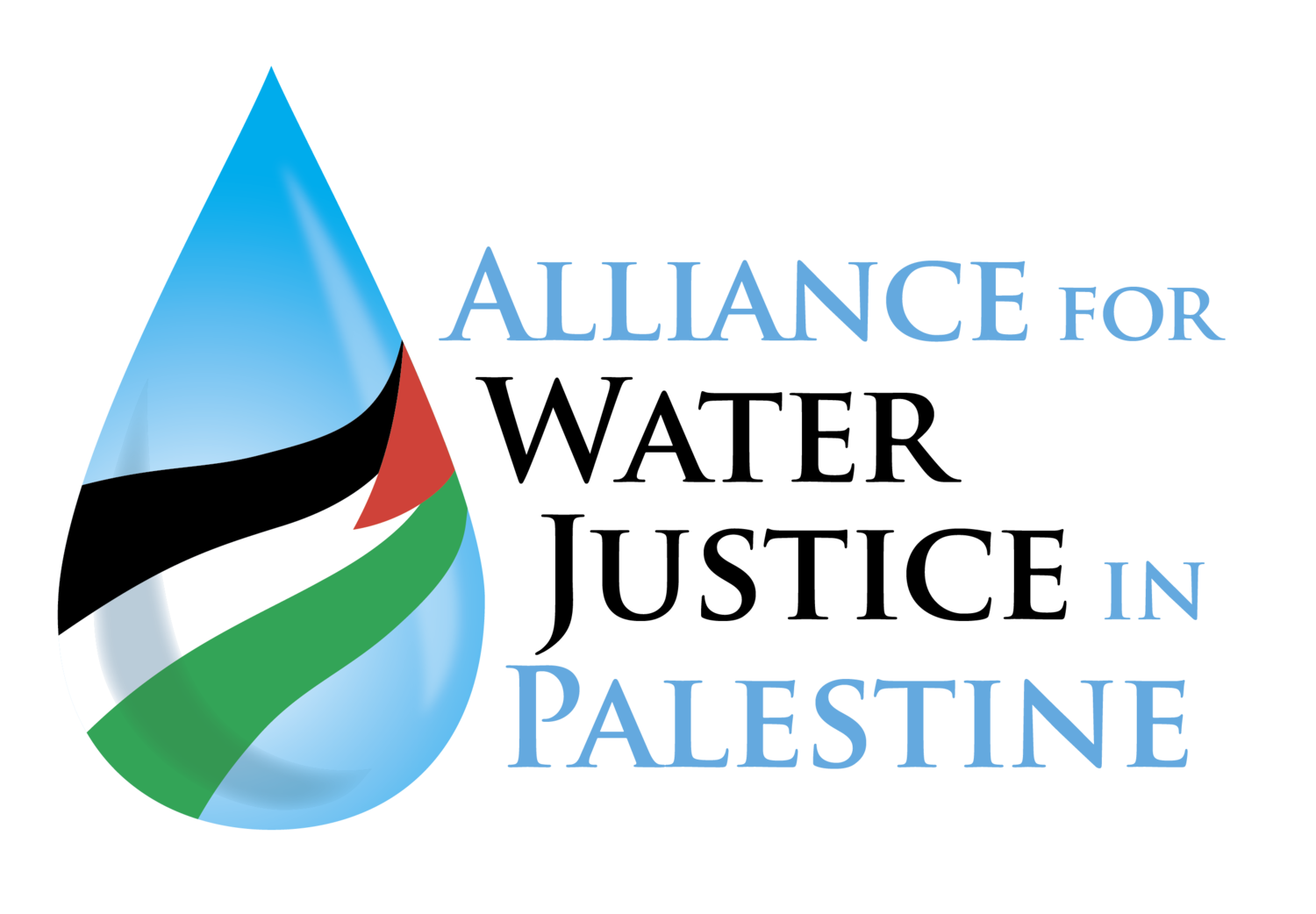For several years, the Alliance has regularly posted facts on Israel’s use of water as a weapon. You can download 134 facts & index under “Facts & Content” on the website. You can also each new fact sent to your email by signing up at “get involved” on our website.
Fact: Gaza’s fishing industry has collapsed.
Israel restricts the zone within which Gazans are permitted to fish. In the past three months, it expanded and contracted the limits at least 10 times, including declaring the sea completely off-limits.
Recently, Israel’s navy fired 15 bullets at one fisherman off Gaza's coast, shattering his eyes and leaving him blind.
Two years ago, the Israeli navy shot the same man at sea, wounding his leg, then arrested him, impounded his boat, and imprisoned him for 14 months accusing him of fishing outside the mile limit (which he denied). The other fisherman on the boat was shot and blinded in one eye, and arrested as well.
In the first five months of 2019, Israel impounded 4 fishing boats, wounded 8 fishermen, and arrested 21 other fishermen and abducted them to Israel.
In 2000, Gaza had 10,000 fishermen. Today only one-third of them are still working as such.
95% of fishermen live below the poverty line—on less than $4.60 a day for food, housing, clothing, health care, and education.
Israel’s blockade of Gaza prevents fishermen from repairing their boats.
The blockade also vastly contributes to the sewage-contamination of the Gaza sea’s limited fishing areas. Israel’s bombardments destroyed sewage treatment facilities and now Israel restricts more than 70% of the materials critically needed for repairs. Every day, 28,530,581 gallons of raw sewage are discharged into the Gaza sea, which is 73% polluted.
Israeli soldiers have forced fishermen at gunpoint to take off their clothes and swim to the navy vessels. A number of times, soldiers fired at the fishermen, then propelled wastewater at the boats.
Source: Haaretz, Alliance for Water Justice fact list
